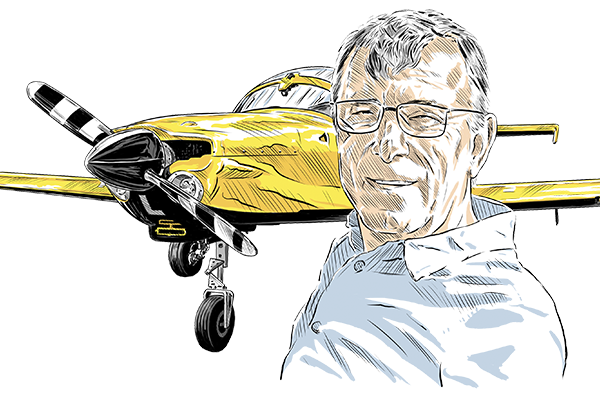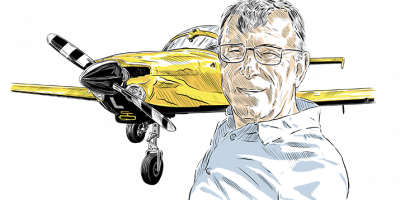Nosewheel shimmy
On roll out, after landing, the pilot made a rudder input to counter a crosswind gust. As he did so there was an immediate onset of a violent nosewheel shimmy, which dissipated as the aircraft slowed to 20kt.
The shimmy appeared to have been caused by a foreign object becoming trapped between the nosewheel tyre and the wheel spat.
The aircraft had landed at Old Buckenham Airfield with a 15kt crosswind. During the rollout the pilot described encountering a crosswind gust which he corrected with a rudder input.
This immediately initiated a violent nosewheel shimmy which the pilot felt made the aircraft ‘virtually uncontrollable’. As the aircraft slowed to 20kt, the shimmy subsided, and it continued to taxi normally.
Comment: Nosewheel shimmy can be sudden and alarming, as I found out for myself recently in a Grob Prefect.
Pilots will probably just slow down naturally when shimmy happens. If the shimmy has been particularly bad, don’t be afraid to stop the engine rather than taxy back.
In my shimmy event, the vibration was severe enough to dislodge a hydraulic pipe nut, leading to a small leak!
Runway overrun
After landing on Runway 24 at Fairoaks Airport, the pilot was unable to stop the aircraft in the distance remaining. N374SR left the paved surface of the runway, went through the airfield boundary fence and crossed a public footpath before colliding with trees.
The pilot was uninjured and able to extricate himself from the cockpit without assistance.
The runway overrun likely resulted from the combination of a high engine idle speed, little or no headwind and continuing with a deep landing rather than going-around.
Comment: This incident involved a Cirrus aircraft. With only 810 m available on R24 at Fairoaks, an early decision to reject a landing (which means converting a landing to a touch-and-go) must be made when flying this somewhat heavier and faster aircraft.
Unlicenced pilot
An unlicenced student pilot was operating the aircraft from the left seat while a friend, who was a pilot with a NPPL, sat in the right. During the flare before touchdown, the aircraft experienced turbulence and maximum power was applied to go-around.
The left wing lifted and the right wing struck the ground, causing the aircraft to rotate to the right and come to rest facing the way it had come.
Comment: The unlicenced pilot was actually the aircraft owner, and the NPPL should have been sitting in the left seat in order to have full control of the aircraft.
Don’t be tempted to act as an instructor without proper qualifications!
Precautionary forced landing
As the aircraft approached Blackbushe Airport the engine lost power and the pilot made a precautionary landing in a field. There was no damage to the aircraft and neither occupant was injured.
The engine lost power due to fuel exhaustion. The pilot had used a fuel dipstick through a desire to measure the fuel onboard more accurately, but the dipstick used was not calibrated for the aircraft; this led him to overestimate the fuel onboard.
Comment: The pilot showed commendable pre-flight concern about weight and balance limitations of the C152 that he was flying, but unfortunately used the wrong dipstick to judge the fuel contents.
The precautionary forced landing was very well flown into a well-chosen field, though, leaving the aircraft undamaged.





